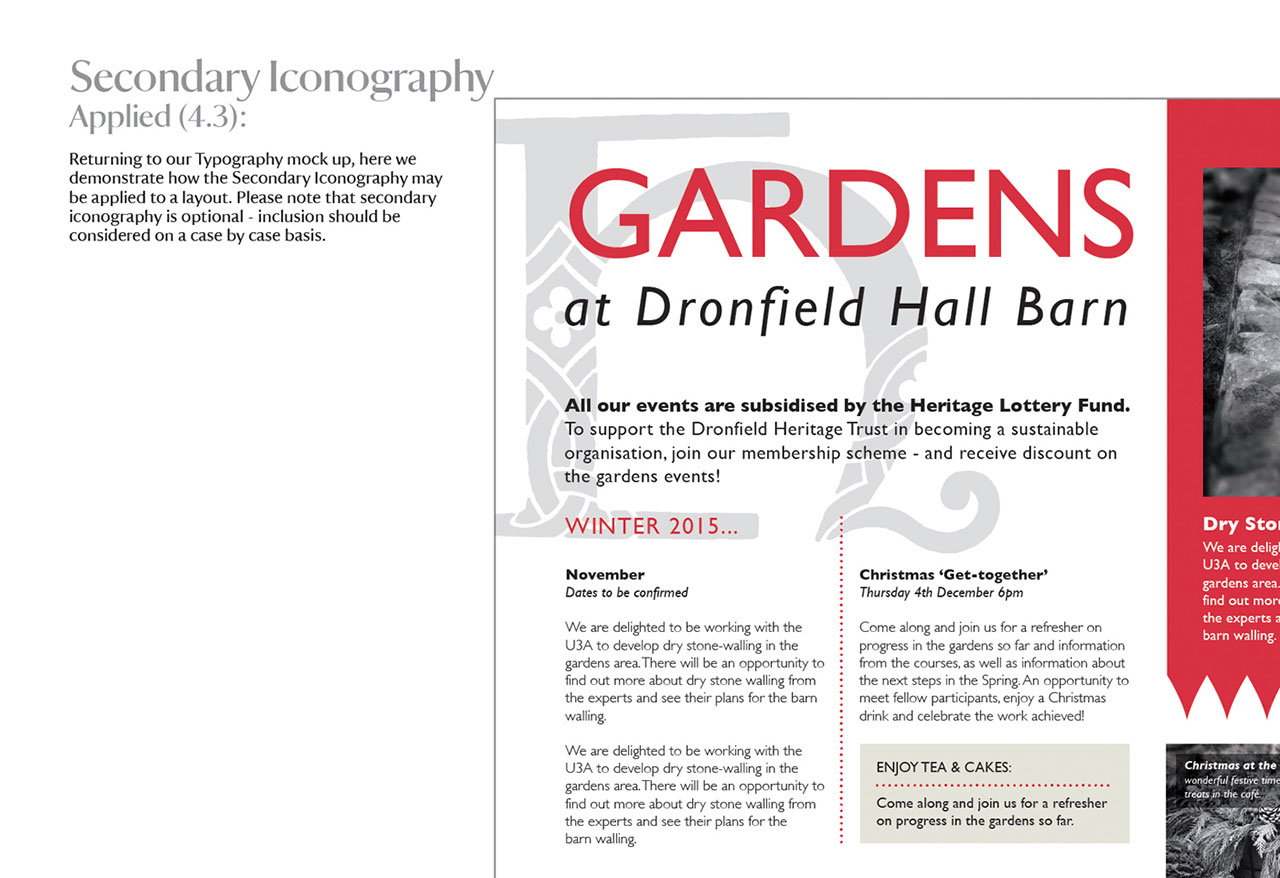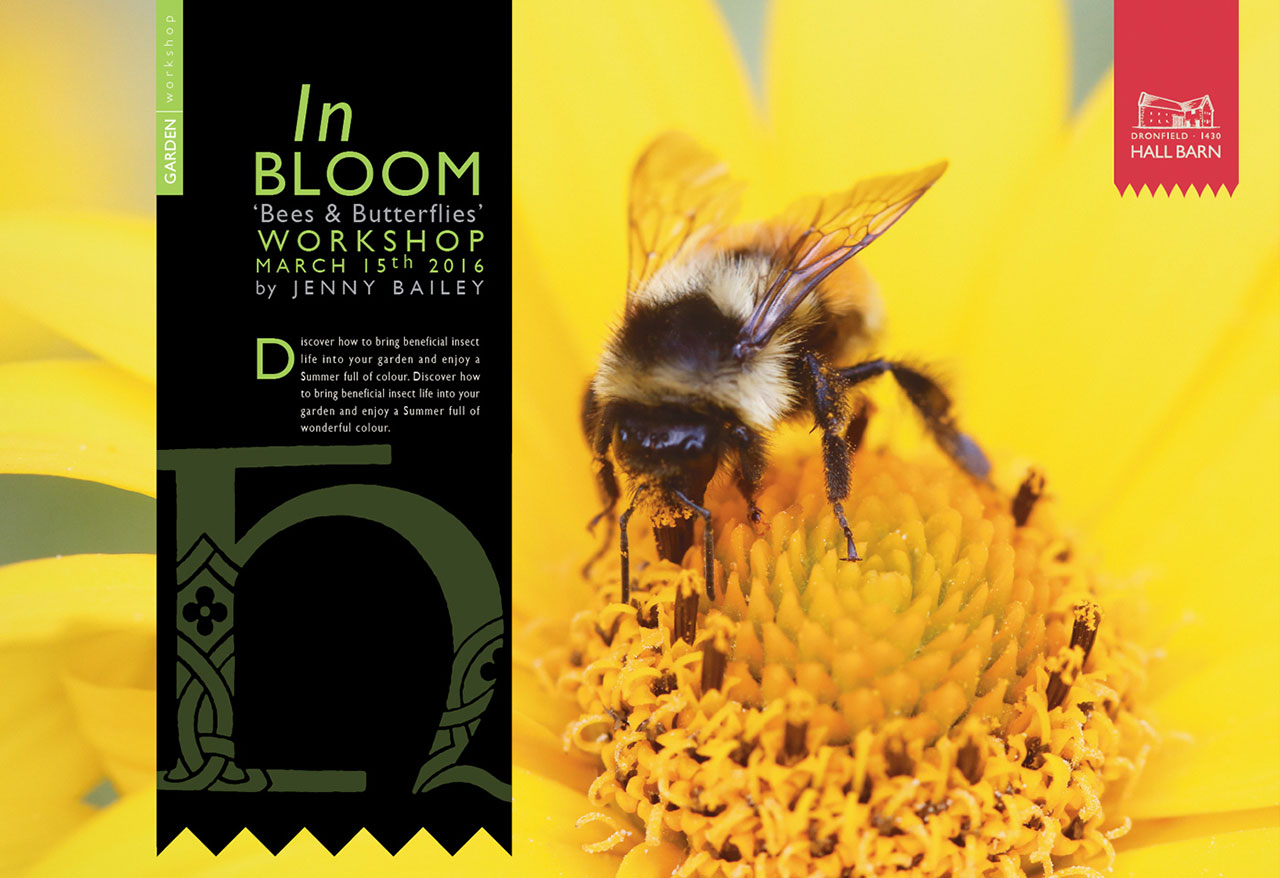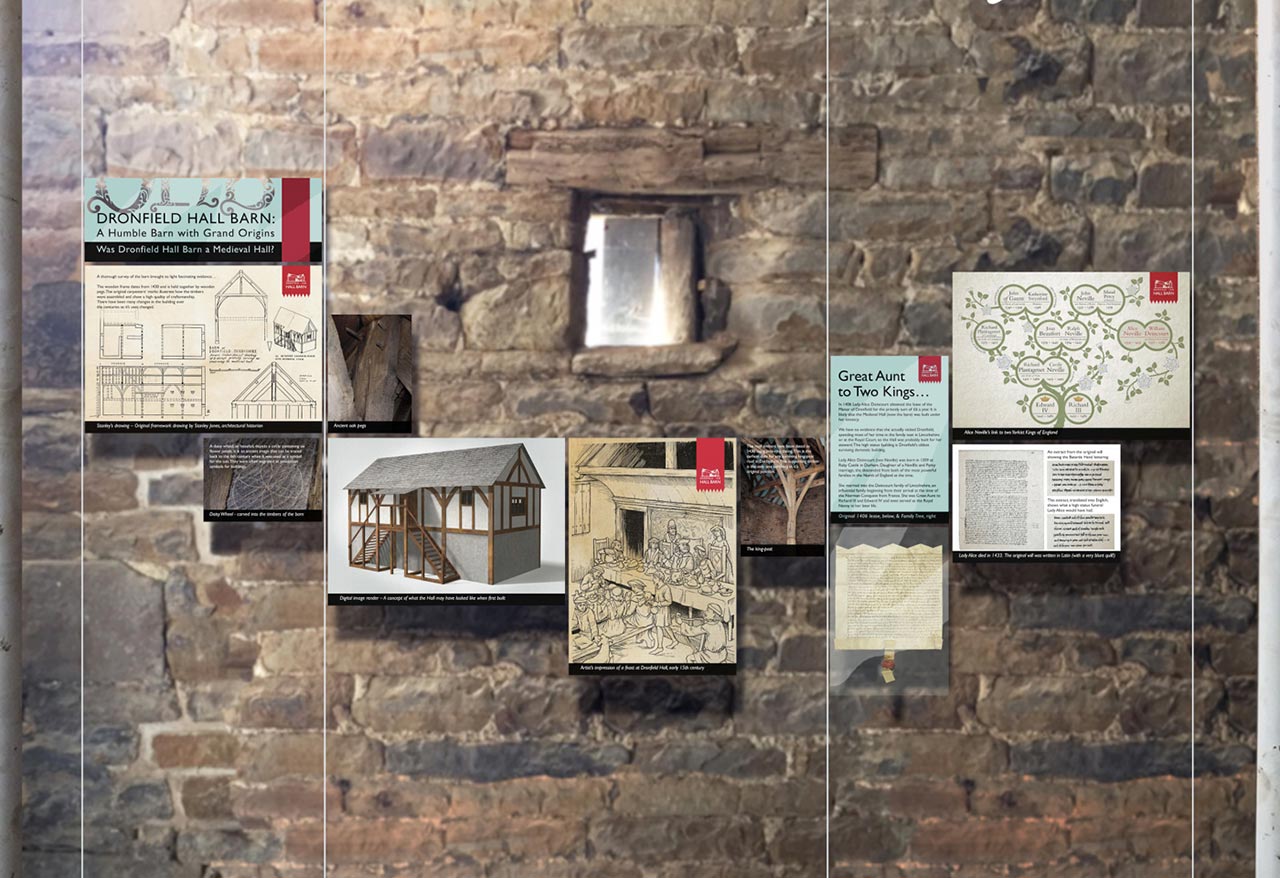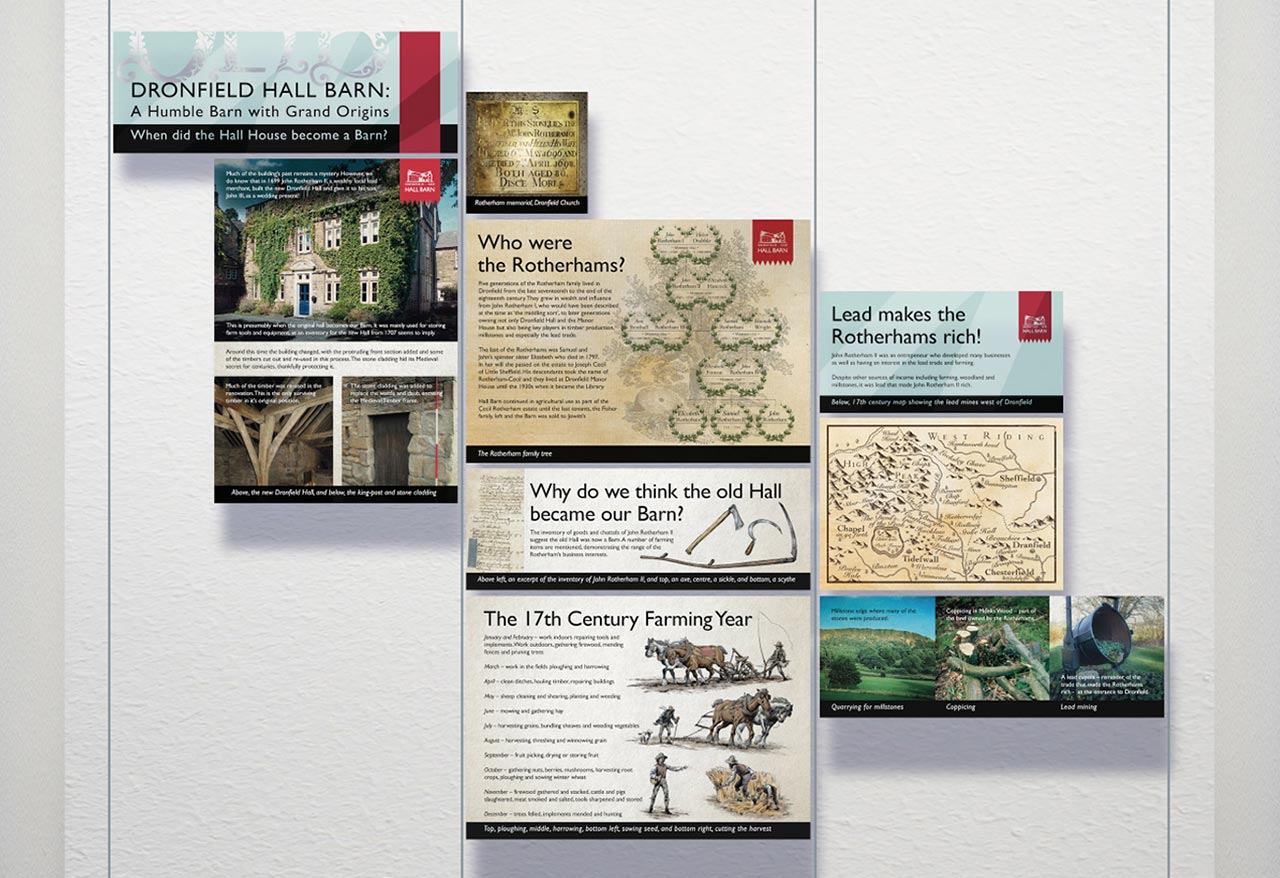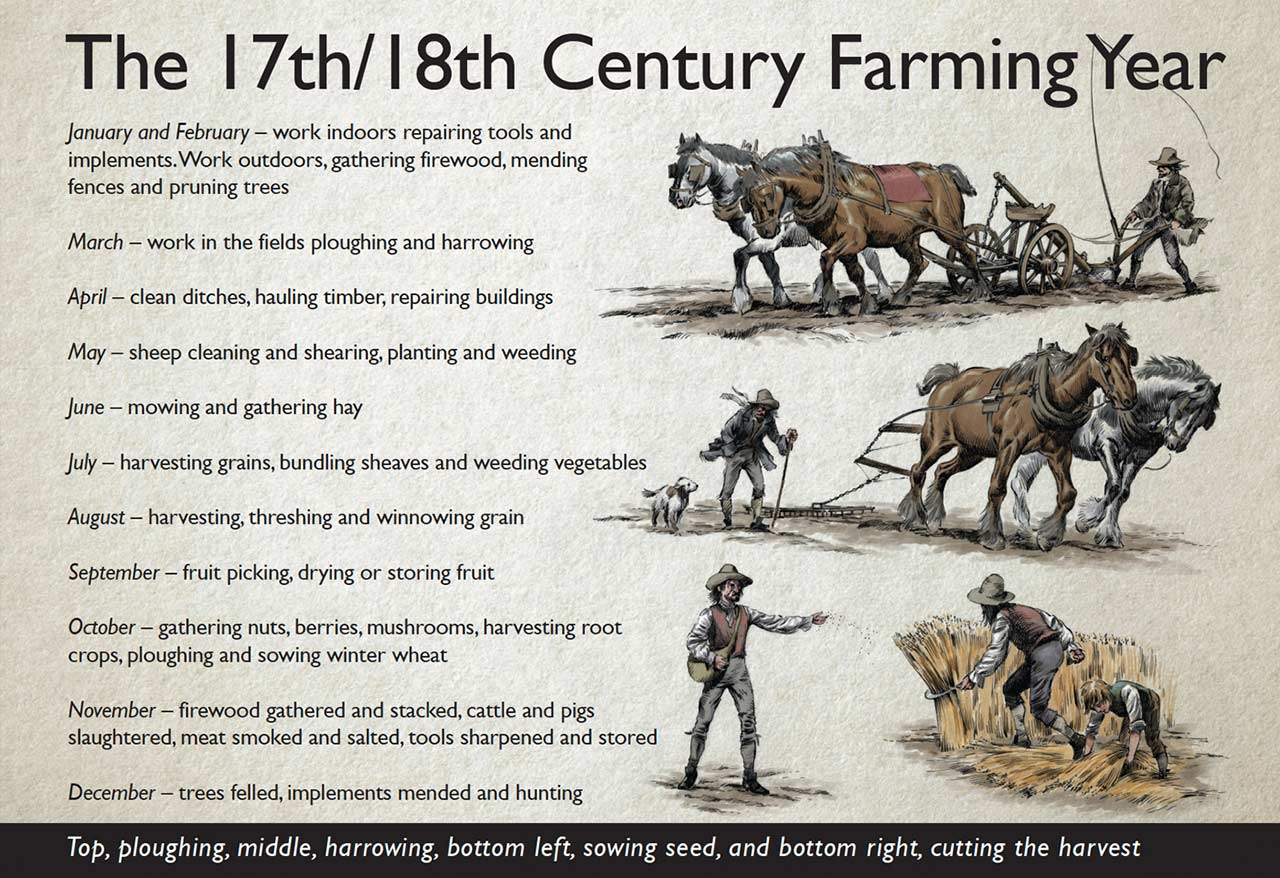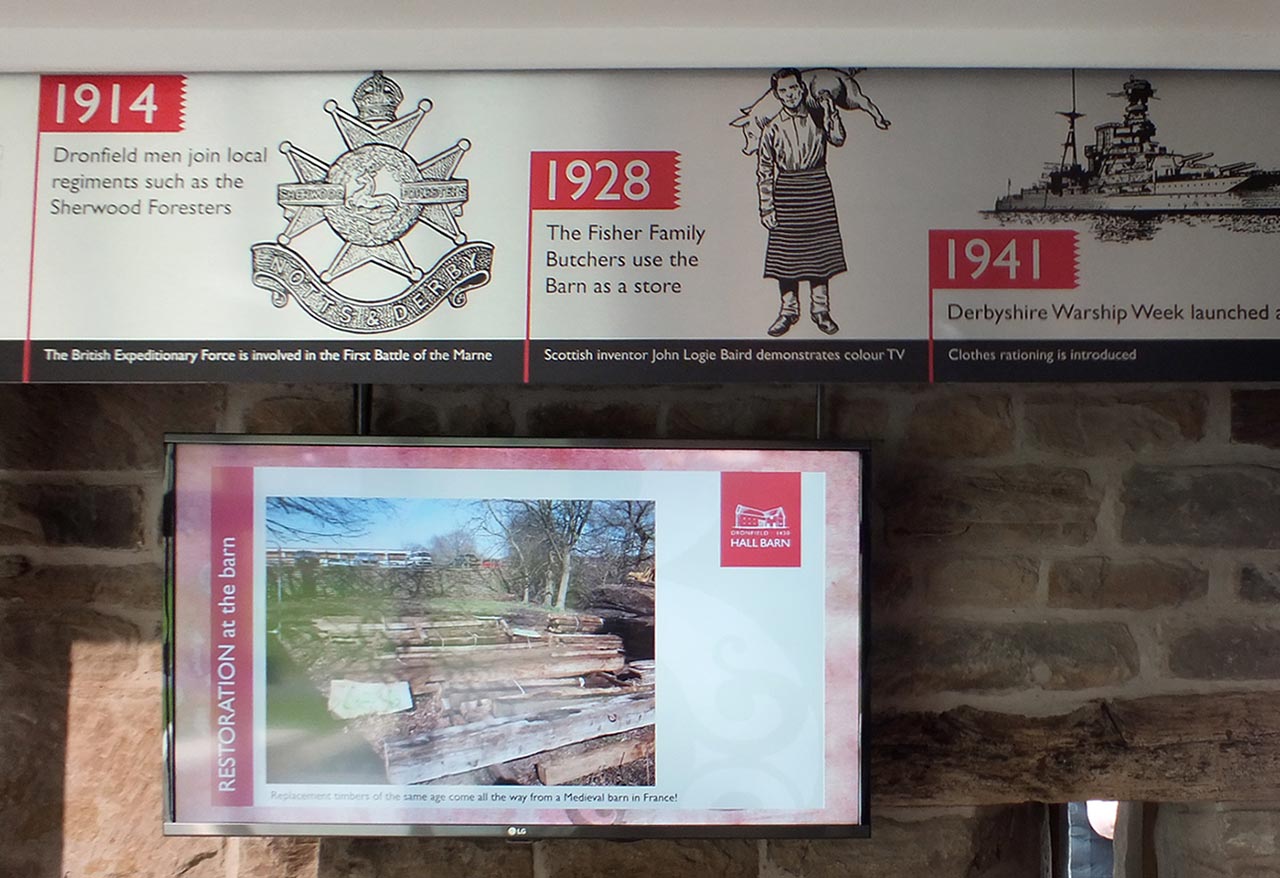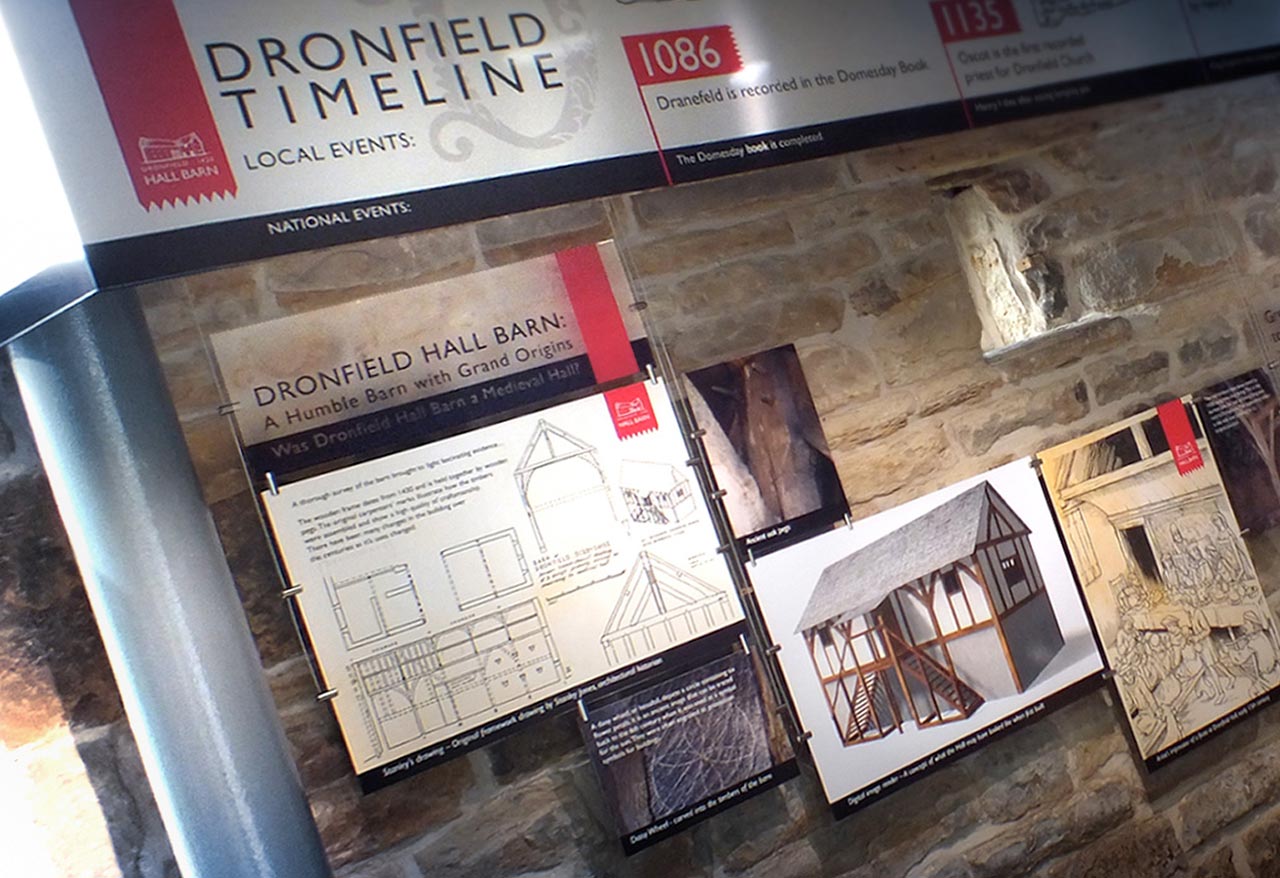Dronfield Hall Barn, Derbyshire
A Medieval Hall House at the heart of a community
Overall the interpretation is engaging to visitors as well as being aesthetically pleasing and in keeping with the Barn. We would be delighted to work with The Maltings again in the future.
MARIA SMITH
(Activities and Interpretation Manager – Dronfield Hall Barn)
Dronfield Hall Barn was in a state of profound dilapidation before local volunteers came to it’s rescue, headed by retired businessman Mike Slinn. Today the site is beautifully restored, it provides an important hub for the local community, offering a gallery space, a café, educational & learning resources, meeting rooms, a base for local groups and organisations, and a hugely popular venue for weddings. Funded by HLF, interpretation of the Barn’s heritage was a key part of the restoration process. A scheme was developed across a range of media, including AV/digital content, oral history films, tapestries produced by local people, interactive, and conventional panel installations. Our own contribution was developing a stylebook for the brand and visual language, creating a feature timeline for Dronfield – from Magna Carta to present day – and a series of panel sets which detailed the history of the Barn itself, it’s restoration, and the significance of it’s past owners to the wider heritage of the town.
All structural interpretation – the content being developed by ourselves – was to be displayed in the Café. We could not drill into the Barn’s medieval stone walls, so an innovative railed display system was installed allowing us to clip panels in place between vertical, tensioned cables with maximum flexibility. The timeline was finished in stainless steel-effect disband and fixed to the ‘floating ceiling’ around the perimeter of the room. We were keen that our interpretive content did not obscure too much of the beautiful stone walls, and so created our displays as multiple panel sets, telling the story in a visually interesting way. Further, given the role of the room as a café we wanted visitors to be able to dip in to those parts of the narrative that were in their line of sight rather than tell a linear story which required a specific route from start to finish in order to be understood. Archive resources were limited, so old documents, illustrations, two family trees and a map were recreated by ourselves – all in styles appropriate to the point in history they depicted. This approach meant that the imagery we developed was an intrinsic part of the heritage interpretation. The photographic record of the restoration of the Barn was presented as if fixed to pages taken from a photo album, with hand written notes detailing the process.
Given the lack of image resources and definitive historical evidence, we feel that the solutions we developed told what was known of Dronfield Hall Barn’s story in an interesting and absorbing way – certainly we have received excellent feedback from the client team and wider community. Ultimately, the implementation is a demonstration of what can be achieved even in those instances where solid historical evidence is scant and good archive material cannot be sourced.

